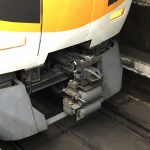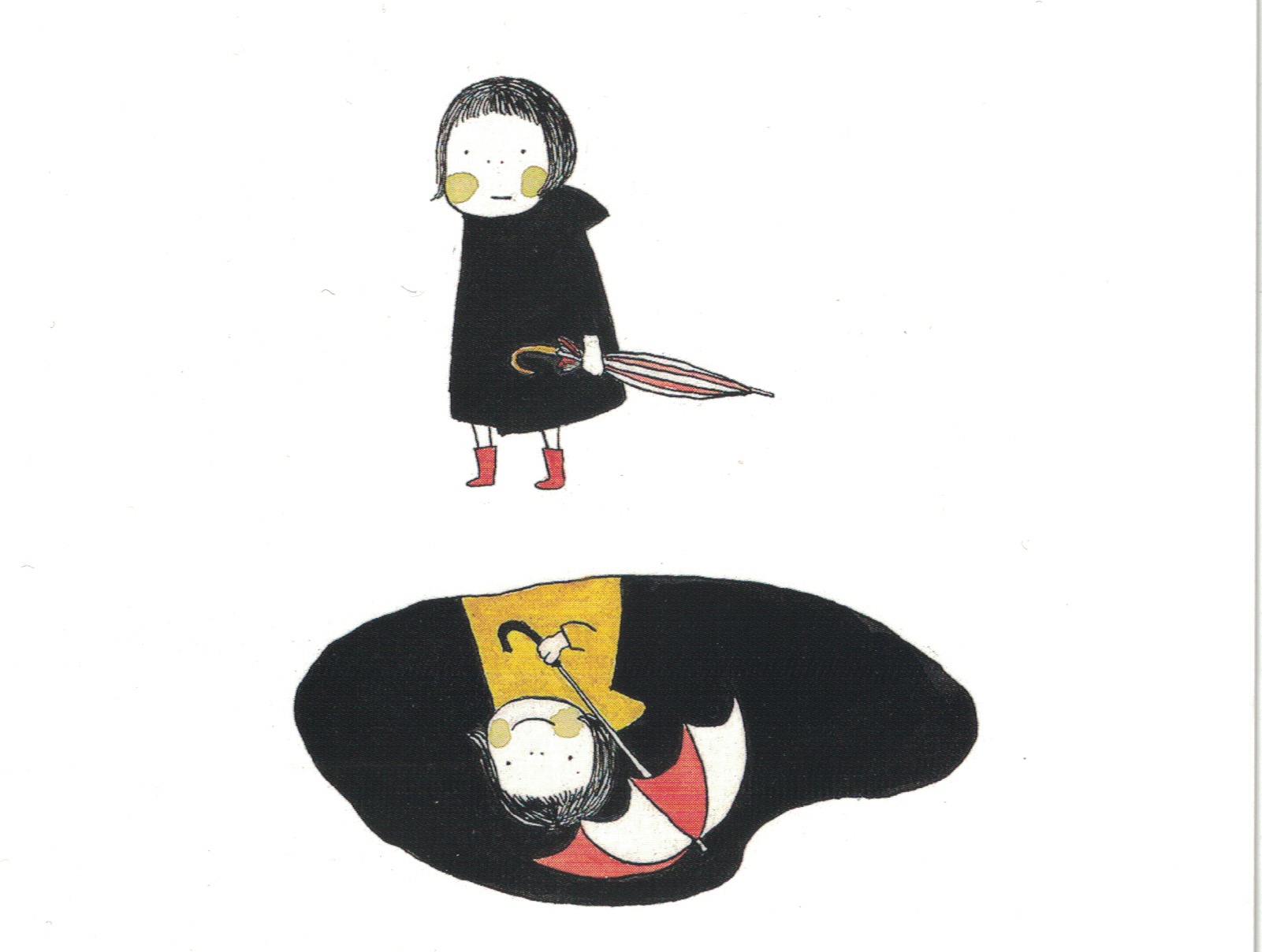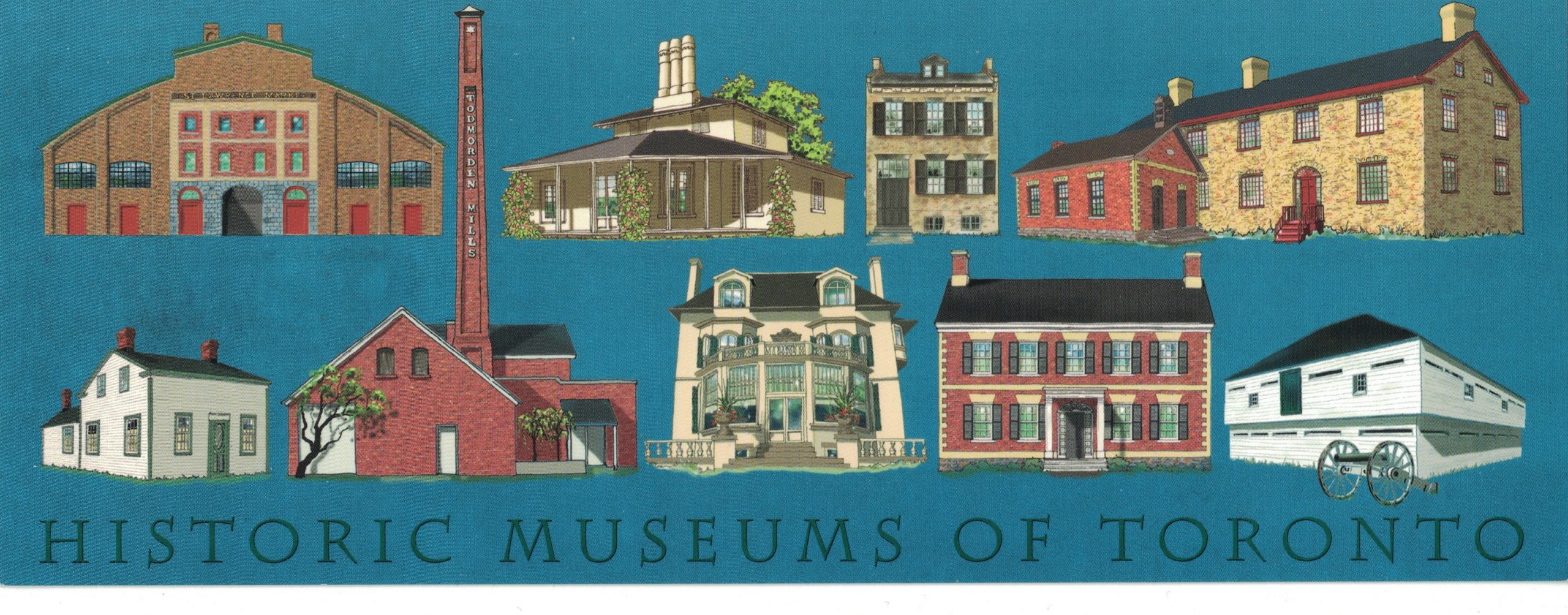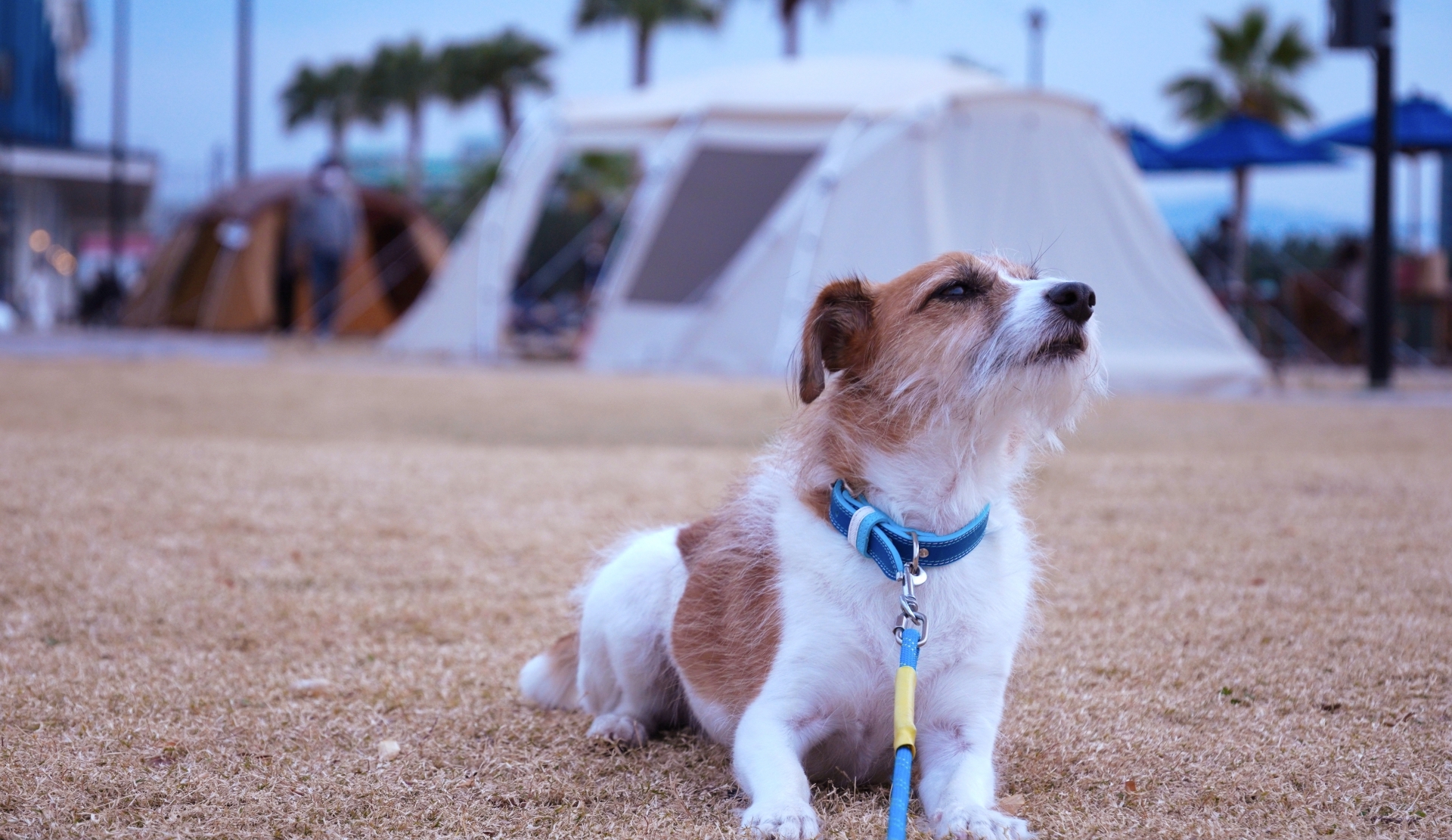HOW DO YOU SAY “AND” IN JAPANESE?
CONTENTS 1. What is the word for "and"? 2. Table of summary for "and" 3. General idea about saying "and" in Japanese
1. What is the word for “and”?
Do you know the word for “and” in Japanese?
Some of you may say,
“Yes! It’s the particle ‘to (と)’”.
You are right, but only partially so. In Japanese, there is a set of ways to say “and” depending on the case or kind of words you want to connect.
In the next section, we will place a table of summary for your reference.
If you are not sure about one or more of them, please follow the link after the table for a full explanation.
2. Table of summary
| Case No. | Environment | Keyword | Example |
|---|---|---|---|
| 1A | After a noun which is not in the predicate | "to" | Tomodachi to watashi wa toshokan e ikimashita. (A friend and I went to the library.) |
| 1B | After a noun which is in the predicate | "de" | Tezuka Osamu wa isha de manga-ka deshita. (Tezuka Osamu was a physician and a cartoonist.) |
| 2 | After a verb | "te-form" | Bijutsukan e itte, gohan o tabete, kaimono-shimashita. (I went to the museum, ate lunch, and bought some things.) |
| 3 | After Na-Adjective | "de" | Chikatetsu wa benri de yasui desu. (Subway is convenient and cheap.) |
| 4 | After I-Adjective | "-kute form" | Oishikute yasui mise o mitsukemashita. (I found a restaurant which serves tasty, inexpensive food.) |
| 5 | At the beginning of a sentence | "sorekara" etc. | Sorekara uchi e kaerimashita. (And then I went home.) |
To study each case, click:
=> How Do You Say “And” After Noun? for Case 1A and 1B
=> How Do You Say “And” After Verb? for Case 2
=> How Do You Say “And” After Na-Adjective? for Case 3
=> How Do You Say “And” After I-Adjective? for Case 4
=> How Do You Say “And” As A Conjunction? for Case 5
3. General idea about saying “and” in Japanese

Here is the general idea about the expressions for “and” in Japanese.
When you connect two words or parts of a sentence, the word in the front needs to have a “hook” at its back to hang another word on it. Just like some train cars are equipped with a coupling on the back!
For example, to say “Today’s schedule is going to be: A dentist appointment, the Japanese class, and my sister’s birthday party,” in Japanese, you say:
Kyoo no yotee wa, ha-isha to nihon-go no kurasu to imooto no tanjoobi paatii desu. 今日の予定は、歯医者と日本語のクラスと妹の誕生日パーティーです。
In this sentence, each “to” works like a “hook” preparing to receive the next word. Hence a pronunciation tip:
- Do not place a pause before “to”. You don’t have to speak fast, but pronounce a noun and the following “to” in one breath. It will let the listener better understand you.
Therefore, when you speak while trying to remember your plans one by one, start like this:
“Kyoo no yotee wa (pause and take a breath), ha-isha to (take a breath and think), nihon-go no kurasu to (take a breath and think), … ” 「今日の予定は(息継ぎ)、歯医者と(息継ぎ)、日本語のクラスと(息継ぎ)、…」
…then we can correctly guess you will have at least one more event.
By the same token, when you do not say “to” after a word, we understand that was the last item on your list.
With these in mind, please read on to our other posts on how to say “AND” after different cases, starting from “How Do You Say “And” After Noun?“
[End of the post]
Other posts on this topic:
=> How Do You Say “And” After Noun? for Case 1A and 1B
=> How Do You Say “And” After Verb? for Case 2
=> How Do You Say “And” After Na-Adjective for Case 3
=> How Do You Say “And” After I-Adjective? for Case 4
=> How Do You Say “And” As A Conjunction? for Case 5




